Nestled in the radiant city of Medina, Masjid al-Quba stands as a testament to the dawn of Islamic history. Constructed in 622 CE, it is revered as the first mosque ever built, a place where the Prophet Muhammad (PBUH) himself laid the foundation, symbolizing a new era for the Muslim community. As the first mosque of Islam, Masjid al-Quba remains a symbol of unity and a reminder of the humble beginnings of a faith that now embraces millions. It stands as a beacon of hope, guiding the Muslim Ummah towards the light of knowledge, piety, and brotherhood. Its historical and religious significance is immeasurable, making it a cherished landmark in the Islamic world.
Masjid Quba holds the distinction of being the first mosque in Islamic history, established in 622 CE following the Prophet Muhammad's (PBUH) migration to Madinah. The foundation was laid by the Prophet (PBUH) and completed by his companions. Originally situated 6 km from Madinah in the village of Quba, it was later incorporated into the city's expanded boundaries.
Video: Masjid al-Quba: The First Mosque of Islam
The mosque's location is historically significant as it marks the Prophet's (PBUH) initial residence upon arriving from Makkah. It is also where he awaited Ali (RA), who remained in Makkah to ensure the Prophet's (PBUH) safe departure. It is said that Prophet Muhammad (PBUH) had spent 14 nights at the site of Masjid Quba praying Qasr prayers while waiting for Ali (RA) – who had stayed in Makkah to safeguard Prophet Muhammad’s (PBUH) life and help him escape.
Jameh Mosque of Isfahan: A UNESCO World Heritage Site
The Prophet (PBUH) and Abu Bakr (RA) stayed at this site after their migration, arriving on the 12th Rabi ul-Awwal. The mosque's construction began with the Prophet (PBUH) placing the initial stones, establishing a site that has endured through the centuries.
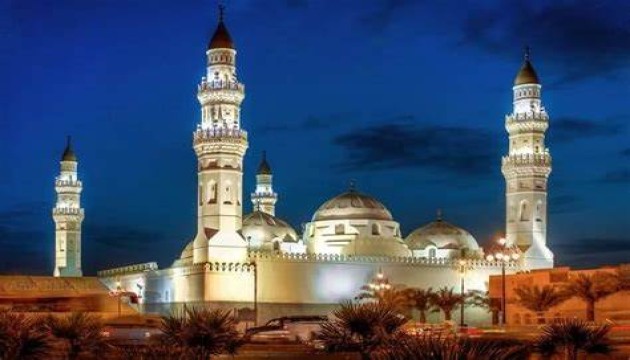
Masjid Quba is not only one of the oldest mosques globally but also a vibrant center of worship, especially during Ramadan when visitor numbers soar. An Islamic tradition states that performing ablution and praying two Rakats at Masjid Quba is spiritually equivalent to an Umrah. Additionally, it is recognized as the location of the first Friday prayer, further cementing its religious and historical importance. Masjid Quba remains a symbol of the Islamic faith's beginnings and a place of deep reverence for Muslims worldwide.
The History Of Masjid Quba
Masjid Quba’s origins trace back to the 7th century, during a time of significant trials for Muslims. Facing escalating hostilities from the Quraysh, Prophet Muhammad (PBUH) heeded divine guidance to relocate to Madinah, then known as Yathrib.
Unveiling the Nasir ol Molk Mosque's Enchantment
The news of the Prophet’s (PBUH) impending arrival set the city’s believers abuzz with anticipation. Daily, they would venture out, seeking shelter under palm trees, hoping for a glimpse of their revered leader. Their vigil ended when a Jew spotted a group of travelers and announced the arrival of the awaited ones.
The Muslims of Madinah joyously greeted Prophet Muhammad (PBUH) and his companion Abu Bakr (RA). The Prophet (PBUH) then made his way to Quba, a village just outside Madinah. There, at the home of Banu Amr bin Auf, he dismounted and joined the gathered well-wishers.
Prophet Muhammad (PBUH) imparted words of wisdom to the people of Makkah and Madinah, urging them to spread peace, provide for the needy, maintain family bonds, and worship during the night to attain paradise.
The Prophet (PBUH) resided for nearly two weeks in the home of Kulsoom bin Hatam (RA), where he initiated the construction of Masjid Quba. This location was sanctified by the Prophet’s (PBUH) camel, which stopped to drink from a well there, and by the Prophet’s (PBUH) previous offering of Friday prayers at the house of Saad ibn Khaitamah (RA), nearby.
Jama Masjid: A Symbol of Islamic Heritage and Culture in India
Al-Tabarani recounts the dedication of the Prophet (PBUH) and his companions during the mosque’s construction. Al-Shimous Bint Al-Nauram observed the Prophet (PBUH) laboring with stones and dust, refusing help from his companions, instead encouraging them to match his efforts. This collective endeavor led to the establishment of a mosque that remains a cornerstone of Islamic history.
Quba Mosque Architecture
Masjid Quba, renowned as the first mosque in Islamic history, has undergone a series of renovations since its initial construction. The most comprehensive refurbishment took place in 1986, transforming it into a modern place of worship while preserving its historical essence. The mosque now features a spacious, rectangular prayer hall on the second floor, seamlessly integrated with various facilities such as residential spaces, libraries, offices, and shops.
The mosque’s design is both functional and symbolic, with seven primary and twelve secondary entrances facilitating the flow of worshippers. Architecturally, it is distinguished by four parallel minarets and fifty-six mini domes that form a protective perimeter around the sacred space. The courtyard’s intricate mosaic of black, red, and white marble adds to the mosque’s aesthetic and spiritual allure.
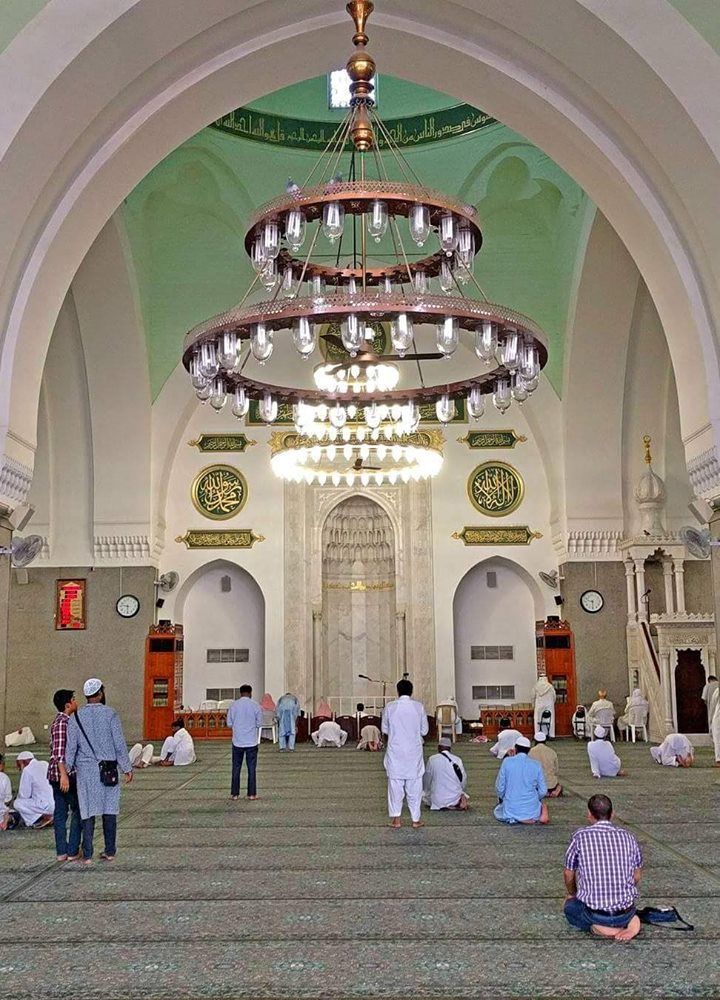
Inside, the minbar and mihrab stand out with their pristine white marble, while the minarets rise from square bases through octagonal shafts, culminating in circular crowns. The central courtyard is embraced by six imposing domes, supported by columns clustered together for strength and beauty. A two-bay deep portico flanks the courtyard, providing a serene transition between the exterior and interior prayer spaces. This thoughtful design ensures a respectful separation between the men’s and women’s prayer halls, with the latter further partitioned for privacy and concentration.
Masjid Quba’s architectural evolution reflects its enduring role as a place of worship and a symbol of the Islamic faith’s rich heritage. Its physical expansions and enhancements mirror the growth and dynamism of the Muslim community it serves.
Masjid Quba Renovations
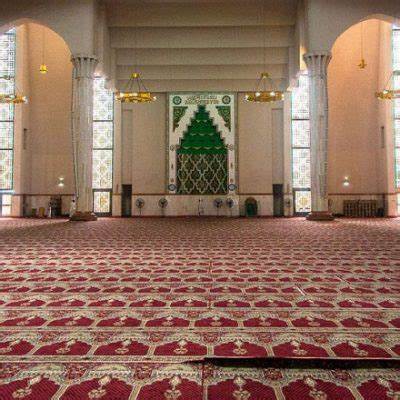
The modern history of masjid Quba has seen renovations a few times. The first renovation was made by the third Caliph Uthman ibn Affan (peace and blessings be upon him). The first minaret was built by Umar ibn Abd al-Aziz, the eighth Umayyad caliph, who was also known as Umar II. Again in the year 435 AH, the mosque was renovated by Abu Yali Al-Husaini, who added the Mihrab, or the praying niche.
The next set of changes was made by Kamal Al-Din Al-Isfahani, a celebrated Muslim poet, in the year 555 AH. Subsequently, it underwent many changes over the years, that is in 671 AH, 733 AH, 840 AH, and 881 AH. The last renovation was done in the year 1245 AH by the Ottoman ruler, Sultan Abdul Majid.
Currently, the Quba mosque is under the charge of the Saudi regime led by the ruling king, Salman bin Abdulaziz Al Saud. It is managed by the Ministry of Hajj Affairs, which takes care of necessary maintenance and renovation to the structure. The mosque was expanded to include several new areas in 1986, under the rule of late King Fahd bin Abdulaziz. The modern structure is equipped with state-of-the-art facilities, and three central cooling units, and has a total area to house over 20,000 worshippers.
Role and Significance
Masjid al-Quba holds a revered position in Islamic tradition. The Prophet Muhammad himself emphasized its significance, stating, "He who purifies himself at his home and comes to Masjid Quba and offers two rak'ahs therein, will be rewarded the reward of an Umrah pilgrimage." This prophetic tradition underscores the spiritual rewards associated with visiting and praying in Masjid al-Quba.
Moreover, the mosque serves as a hub for community gatherings, religious lectures, and social activities, fostering a sense of belonging among Muslims. It stands as a beacon of guidance, reminding believers of their duty towards God and humanity.
Contributors and Builders
The construction of Masjid al-Quba was a collective effort undertaken by the Prophet Muhammad and his companions. Their unwavering dedication and selflessness epitomize the spirit of sacrifice and devotion ingrained in Islamic teachings. Their legacy lives on through the enduring presence of Masjid al-Quba, a symbol of their faith and commitment to Islam.
Mentions of Masjid Quba in Hadiths
Prophet Muhammad (PBUH), on being asked about the significance of Masjid Quba, said, “He who purifies himself at his home and comes to Masjid Quba and offers two rakats therein, will be rewarded the reward of an Umrah (lesser pilgrimage).” [Sunan ibn Majah]
“Never stand (to pray) there (referring to a place of worship which the hypocrites had used for harm and disbelief, as mentioned in the previous ayah). A place of worship which was founded upon duty (to Allah) from the first day is more worthy that thou should stand (to pray) therein, wherein are men who love to purify themselves. Allah loves the purifiers.” [Holy Quran 9:108]

In another instance, Al-Tabarani narrated that Al-Shimous Bint Al-Nauman said, “I saw the Prophet (PBUH) when he constructed this mosque. He used to carry stones and rocks on his back until it was bent. I also sawdust on his dress and belly. But when one of his companions would come to take the load off him, he would say no and ask the companion to go and carry a similar load instead.”
Narrated Ibn Umar: “The Prophet (PBUH) used to go to the Mosque of Quba (sometimes) walking and sometimes riding.” Added Nafi (in another narration), “He then would offer two Rakat (in the Mosque of Quba).” [Sahih Al-Bukhari]
Abdullah bin Dinar narrates that Ibn’ Umar (RA) said, “The Prophet (PBUH) used to go to the Mosque of Quba every Saturday (sometimes) walking and (sometimes) riding. He would then offer two Rakat.”
Importance in Muslim Society
In the fabric of Muslim society, Masjid al-Quba holds a cherished place. It serves as a spiritual sanctuary where individuals seek refuge from the hustle and bustle of daily life, finding solace in prayer and reflection. The mosque embodies the values of humility, compassion, and unity, nurturing a sense of community among believers.
Al-Azhar Mosque: A Historical Gem of Islamic Architecture and Education
Moreover, Masjid al-Quba serves as a pilgrimage site for Muslims from around the world. Each year, thousands embark on a journey to Medina, paying homage to this sacred sanctuary and basking in the blessings it bestows upon its visitors.
Conclusion
In the heart of Medina, amidst the whispers of the wind and the warmth of the sun, Masjid al-Quba stands as a timeless symbol of faith and devotion. Its history, architecture, and significance intertwine to form a narrative of resilience, unity, and spirituality. As the first mosque in Islam, it serves not only as a place of worship but as a beacon of guidance for Muslims worldwide.
Masjid al-Quba beckons believers to embark on a journey of self-discovery and spiritual fulfillment, inviting them to tread the path of righteousness and virtue. Its walls echo with the footsteps of the Prophet and his companions, inspiring generations to uphold the principles of Islam with unwavering faith and steadfastness.
As we reflect on the profound legacy of Masjid al-Quba, let us strive to emulate the virtues it embodies – humility, compassion, and unity. Let us seek solace in its sanctity and draw strength from its timeless wisdom. For in the sacred precincts of Masjid al-Quba, the soul finds solace, and the heart finds peace.
End//voice7news.tv
A global news agency.



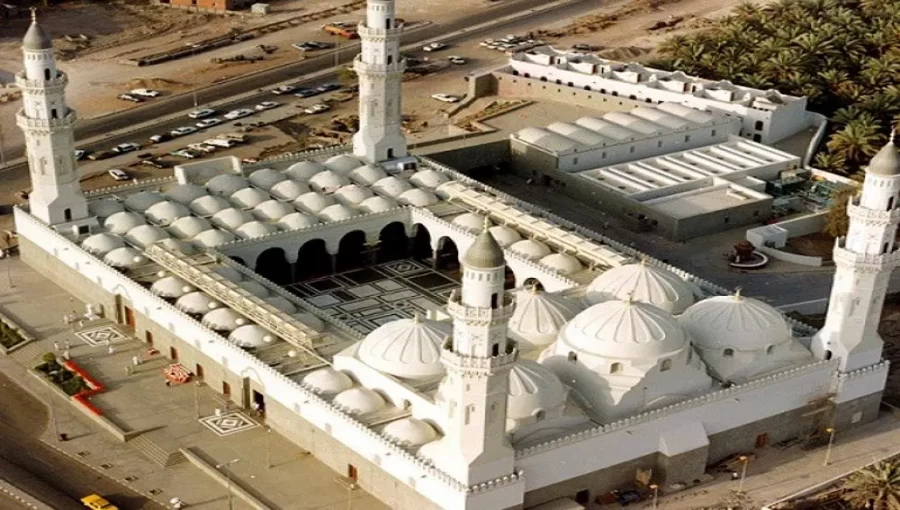







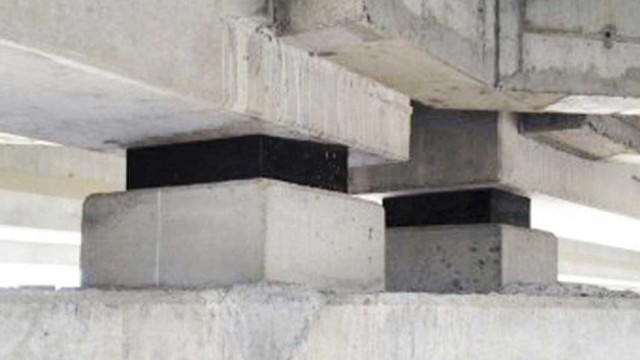
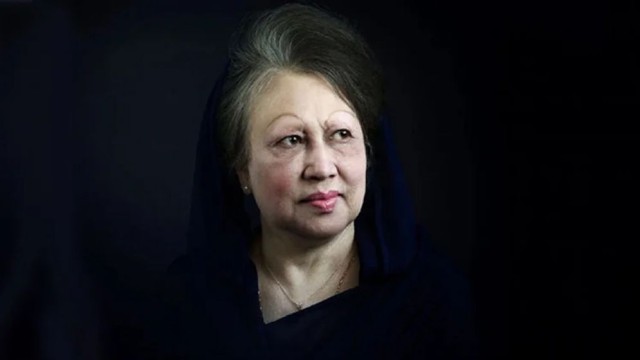




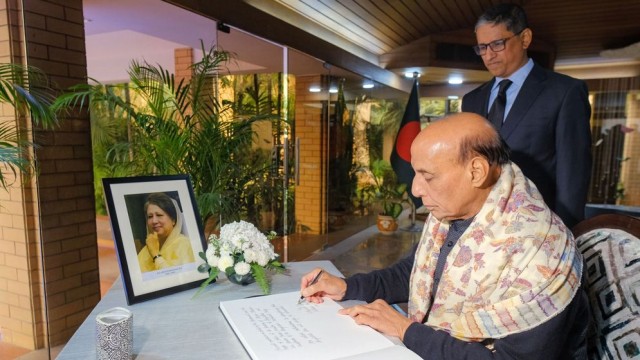




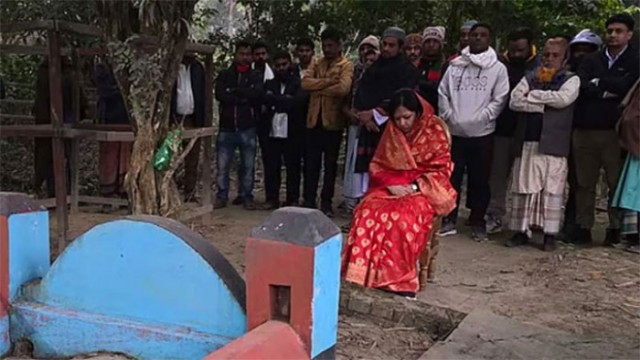

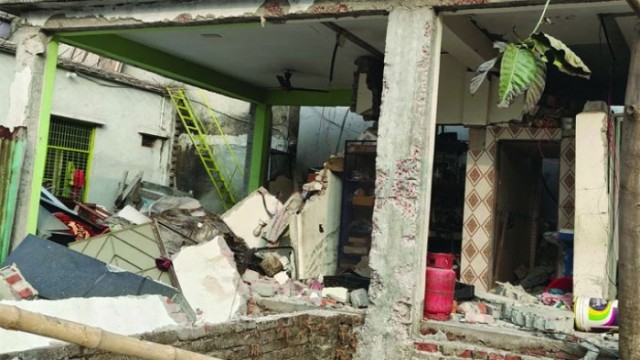


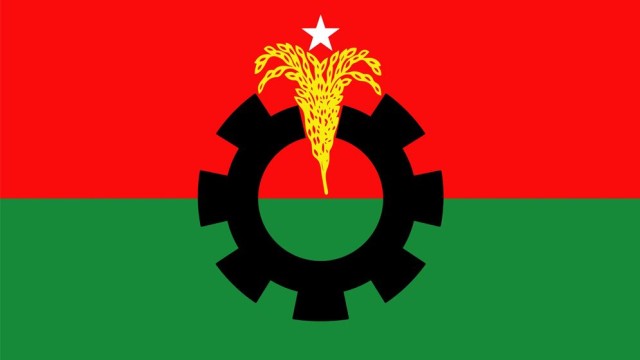


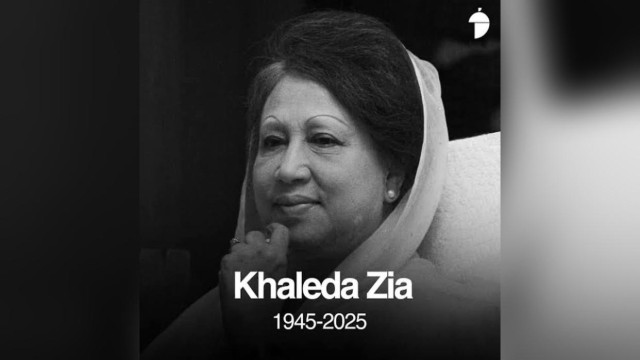
Comment: